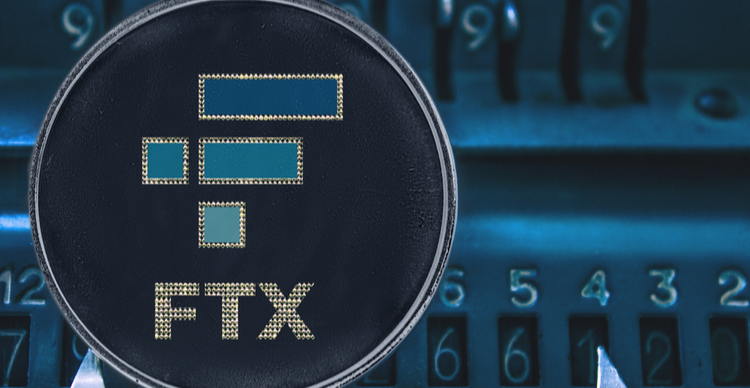
-
Uniswap’s native token UNI was added to the Robinhood brokerage trading platform.
-
UNI has been bullish for the past month even as most cryptos crashed
-
The cryptocurrency has met a minor resistance but could proceed to hit $8.38
Uniswap token UNI/USD has been strong lately. Since the second half of June, UNI has been surging, defying bearish crypto sentiment. In the final weeks of June, the platform overtook Ethereum on fees paid. That illustrates a growing demand for DeFi on the platform.
Again, on July 14, Robinhood announced that it added support for the Uniswap token. The cryptocurrency has been surging since then. The 17th-ranked cryptocurrency by market capitalization has already set a bottom price of $4.15. Investors should look to add positions in UNI on a slight drop as the reference bottom is now set.
UNI rejected at $7.45, but investors could push it to $8.38
 Source -TradingView
Source -TradingView
Technically, the MACD indicator is very bullish on the Uniswap token. UNI prices have been moving in a system of higher highs and higher lows for a month. The price has currently met a minor resistance at $7.45 and could retreat lower.
Nonetheless, we remain bullish on UNI. Our established resistance for the cryptocurrency is at $8.38. The price is yet to reach the target. Combined with the improved crypto sentiment, UNI will find another bullish push to clear $7.45. Investors should hold the token. For new buyers, consider buying after a potential retracement. The possible short-term support is at $5.6.
Concluding thoughts
Uniswap’s token UNI has met a minor resistance. We remain optimistic the cryptocurrency will reach the established resistance at $8.38. Investors should hold the token for higher profits. The current resistance could hold back the price, and we encourage buying on a retracement for new investors.
The post Uniswap is a hold but a price drop is imminent after hitting a minor resistance appeared first on CoinJournal.





 Source – TradingView
Source – TradingView